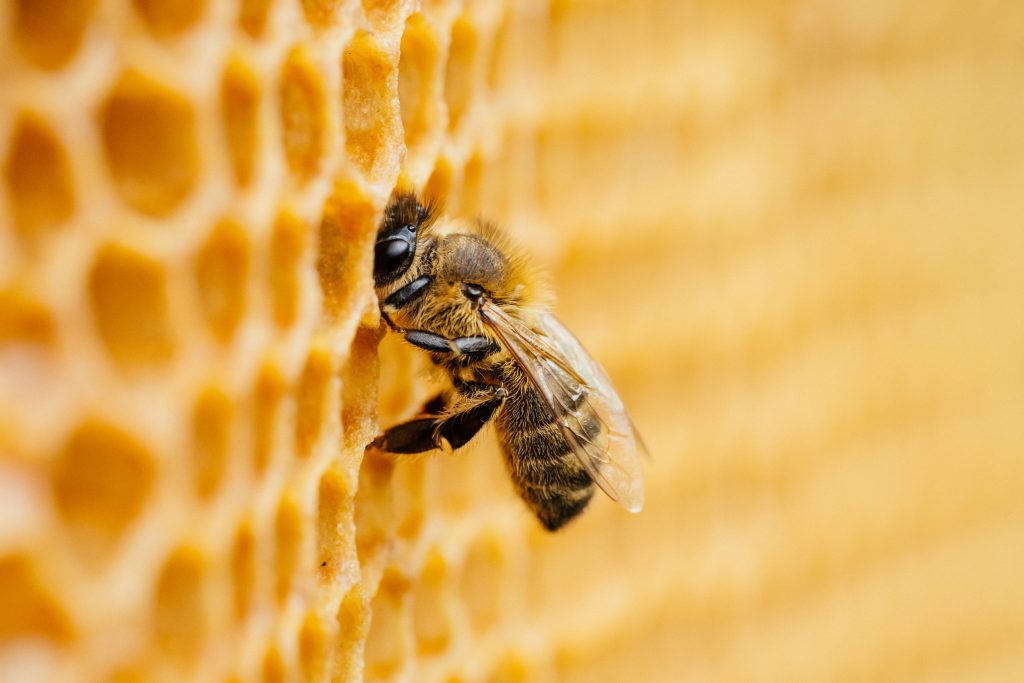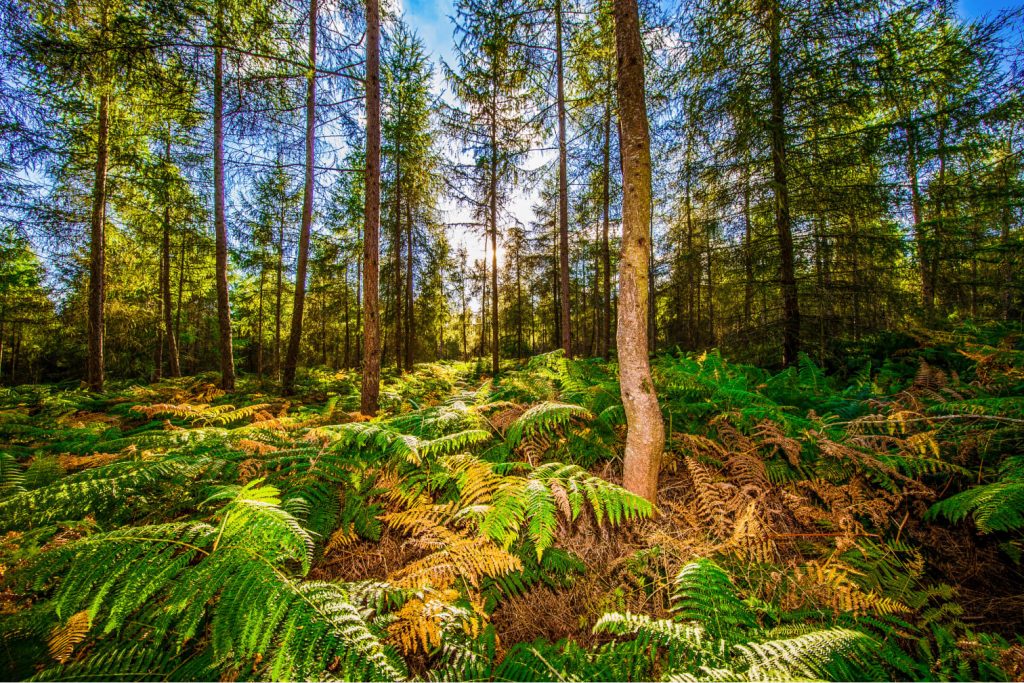Building a Sustainable Future
We are committed to environmental stewardship; we actively participate in a range of countryside schemes dedicated to enriching and safeguarding our surroundings. From grassland management to the cultivation of flower-rich margins and most recently establishing a wildflower plot in 2023, we hold a deep reverence for the land which we aim to reflect in every acre we steward.
We take great pride in our commitment to protecting the rare Willow Tit, recognised as a priority species by Natural England. To bolster its population, many of the woodlands East of the Estate undergo strategic management, fostering shrubbier edges and understory – key habitat elements essential for the Willow Tit’s survival.
Within these woodlands, a deliberate approach to conservation is evident. Standing and fallen deadwood are left to accumulate, providing vital habitats and forage for various wildlife species. The careful management of grass paths and tracks creates additional edge habitats and open spaces, enriching the overall biodiversity of the area.
Veteran trees are identified and safeguarded to enhance habitat diversity, and in order to promote a variety of species within woodland stands, thinning and enrichment planting takes place. This approach breaks up old monocultures and promotes the growth of self-set broadleaves, particularly within conifer blocks, fostering a healthier and more resilient ecosystem. Through these concerted efforts, we are ensuring the long-term viability of the Willow Tit and countless other species reliant on these precious habitats.


We have three dedicated beekeepers on the Estate each harvesting high-quality, local honey that captures the essence of our surroundings. From pollination to each jar, every step is a commitment to preserving these vital pollinators.
Woodland Management
Woodland management is a cornerstone of our Estate’s stewardship, with 307 hectares dedicated to woodlands, constituting a significant 22% of its total area, excluding hedgerows and parkland trees. Of this, 35% (108 hectares), predominantly centered around Cogges Wood, are formally recognised as rare Ancient Woodland, boasting an illustrious history dating back over 400 years, predating the agricultural and industrial revolutions.
These ancient woodlands are invaluable reservoirs of precious resources, harbouring fertile soils, diverse seed beds, and a rich tapestry of flora and fauna synonymous with well-managed semi-natural woodland habitats. Our approach to woodland management is multifaceted, addressing timber production, biodiversity conservation, resilience enhancement, water quality preservation, carbon sequestration, amenity provision, and recreational opportunities.
A plethora of tree species grace our woodlands, including Oak, Ash, Beech, Hornbeam, Lime, Willow, Sweet Chestnut, Scots Pine, Douglas Fir, Sequoia, Larch, Field Maple, Birch, Robinia, Hazel, Hawthorn, Laurel, and Rhododendron. Guided by a Forestry Commission-approved woodland management plan and Higher Tier Countryside Stewardship scheme, our strategic objective is clear: to gradually restore the ancient woodlands to a predominantly native species mix while bolstering overall resilience to a changing climate and evolving pest and disease pressures. This commitment ensures the enduring vitality and longevity of our woodlands, securing their legacy on the Estate for generations to come.


Farming
Our farming practices reflect a harmonious blend of tradition and innovation. Operating under a strategic contract farming agreement with A L Wilkinson Contract Farming, we cultivate over 1030 acres with a steadfast focus on sustainability.
The patchwork of our fields yields a bounty of combinable crops, predominantly growing wheat, barley, oilseed rape and beans.
Beyond arable pursuits, we extend our pastoral legacy by licensing local farmers to graze their sheep and cattle on our extensive parkland. In addition, we have two let farms.
